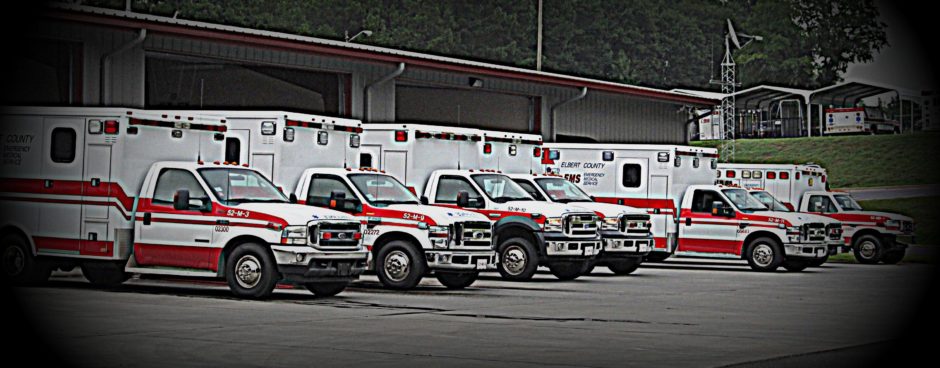Beware of Lightning —
A Deadly Threat in Thunderstorms
Lightning is a deadly by-product of thunderstorms, which are very common in Georgia, particularly in the spring and summer. Lightning kills an average of 55 people each year throughout the United States. It occurs mostly during the warmer months of June through September. Last year, one person died as a result of lightning strikes in Georgia.
“Learn the basic safety rules and precautions about thunderstorms and the embedded killer called lightning. Share this knowledge with your family and friends. Don’t be caught off-guard by these storms. When outdoors, be aware of the most current local weather forecasts. Always stay alert for signs of approaching thunderstorms. Lightning is nature’s warning signal that a thunderstorm is in its most violent state and that you should seek shelter immediately,” urges Chuck Almond.
Before Lightning Strikes
1. Keep an eye on the sky. Look for darkening skies, flashes of light, or increasing wind. Listen for the sound of thunder.
2. If you can hear thunder, you are close enough to the storm to be struck by lightning. Go to safe shelter immediately.
3. Monitor NOAA Weather Radio, commercial radio, or television for the latest weather forecasts.
When a Storm Approaches
1. Find shelter in a building or car. Keep car windows closed and avoid convertibles.
2. Telephone lines and metal pipes can conduct electricity. Unplug appliances. Avoid using the telephone or any electrical appliances. (Leaving electric lights on, however, does not increase the chances of your home being struck by lightning.)
3. Avoid taking a bath or shower, or running water for any purpose.
4. Turn off the air conditioner. Power surges from lightning can overload the compressor, resulting in a costly repair job.
5. Draw blinds and shades over windows. If windows break due to objects blown by the wind, the shades will help prevent glass from shattering into your home.
If Caught Outside
1. If you are in the woods, take shelter under the shorter trees.
2. If you are boating or swimming, get to land and find shelter immediately!
Protecting Yourself Outside
1. Go to a low-lying, open place away from trees, poles, or metal objects. Make sure the place you pick is not subject to flooding.
2. Be a very small target! Squat low to the ground. Place your hands on your knees with your head between them. Make yourself the smallest target possible.
3. Do not lie flat on the ground. This will make you a larger target!
After the Storm Passes
1. Stay away from storm-damaged areas.
2. Listen to the radio or television for information and instructions.
If Someone is Struck by Lightning
1. People struck by lightning carry no electrical charge and can be handled safely.
2. Call for help. Get someone to dial 9-1-1 or your local Emergency Medical Services (EMS) number.
3. The injured person has received an electrical shock and may be burned, both where they were struck and where the electricity left their body. Check for burns in both places. Being struck by lightning can also cause nervous system damage, broken bones, and loss of hearing or eyesight.
4. Give first aid. If breathing has stopped, begin rescue breathing. If the heart has stopped beating, a trained person should give CPR. If the person has a pulse and is breathing, look and care for other possible injuries. Learn first aid and CPR by taking an American Red Cross first-aid and CPR course; call your local Red Cross chapter for class schedules and fees.
To help families prepare, Ready Georgia, a statewide emergency preparedness campaign established by the Georgia Emergency Management Agency/Homeland Security offers the tools needed to make an emergency supply kit, develop a communications plan and stay informed about potential threats. Visitors to Ready Georgia’s website, www.ready.ga.gov, can create an online profile to receive a tailored plan for the entire family that includes the specific amount of supplies to put in their household Ready kits. They can also find local emergency contact information, learn about Georgia-specific disasters and read preparedness testimonials from local sports stars. Employers can use the Ready Your Business guide to create custom contingency plans and children can visit the ReadyKids page for age-appropriate information, videos and games. For preparedness on the go, families can also download Ready Georgia’s free mobile app to learn how to prepare for emergencies, create family communications plans and more.
For more information, contact Elbert County EMA at 706-283-2003 or visit these websites: www.ready.ga.gov, www.srh.noaa.gov/ffc/ or www.gema.ga.gov.
About Ready Georgia
Ready Georgia is a statewide campaign designed to educate and empower Georgians to prepare for and respond to natural disasters, pandemic outbreaks, potential terrorist attacks and other large-scale emergencies. The campaign is a project of the Georgia Emergency Management Agency (GEMA) and provides a local dimension to Ready America, a broader national campaign. Ready Georgia aims to prepare citizens for maintaining self-sufficiency for at least 72 hours following an emergency, and uses an interactive website, free mobile app, online community toolkit, broadcast and print advertising and public awareness media messaging to reach its audiences. Ready Georgia is also on Facebook and YouTube.
